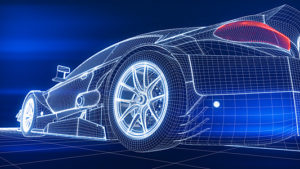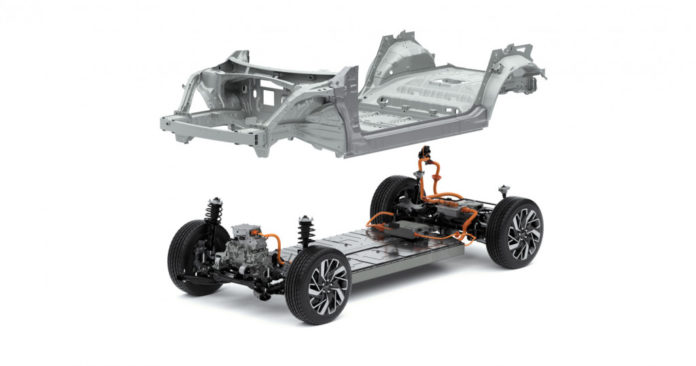Among all the new electric cars coming out this year, the Hyundai Ioniq 5 is the one that best shows that affordable EVs don’t have to look and feel like everything else. There’s room to reformat the car and mix in some rad cues from the past, without losing focus on a future that doesn’t involve tailpipe emissions.
The Hyundai Ioniq 5, with its classic-hatchback form, is peppered with pixelated design, and if you can pull from 1970s or ‘80s cultural reference points you’ll see Rubik’s Cubes and 8-bit characters. While it might be an homage to Hyundai’s Giugiaro-styled Pony, which never sold in the U.S., Americans will see Omnis and Rabbits if they squint just right.
That said, what looks unabashedly retro on the outside is made possible by a most modern architecture underneath. The Ioniq 5 is the debut vehicle built on a new 800-volt global platform for EVs, called E-GMP, allowing weight savings, modern battery packs, faster charging, and bi-directional capability to turn the vehicle into a mobile power bank.
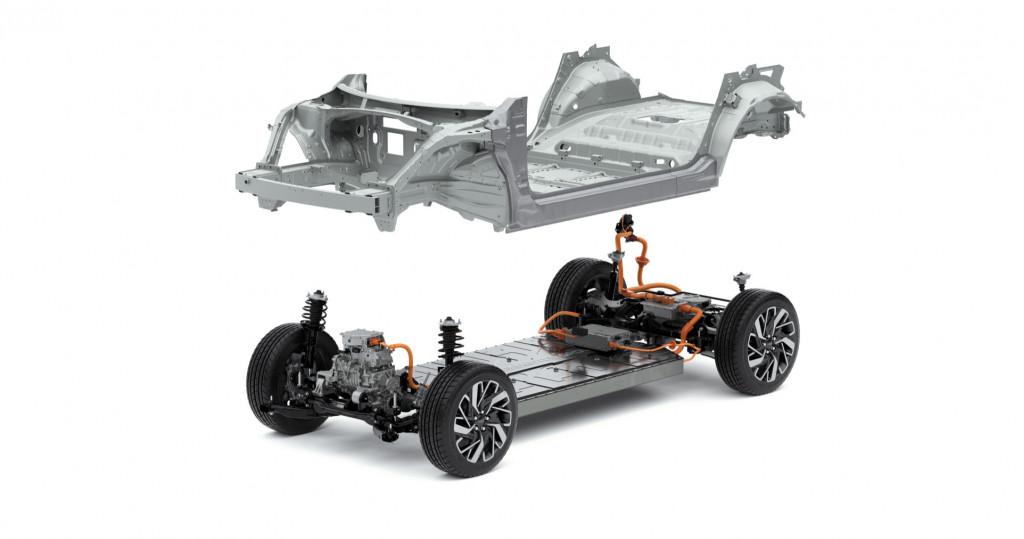
Hyundai Motor Group E-GMP platform
Look inside and you’ll understand the impact of a platform that makes no concessions for gas tanks, engines, and exhausts. The Ioniq takes up the parking footprint of a Toyota RAV4 or Honda CR-V, but it feels vast inside if you’re looking purely at leg room and sprawl-out space. That’s because it rides on a 118.1-inch wheelbase, with a flat battery pack under the floor—allowing some components like climate control to be pushed under the hood. Rear seatbacks slide fore and aft, and a “Relaxation” feature for the driver’s seat adds leg support to nap during charging stops.
Those stops won’t be long. The Ioniq 5 charges from 10% to 80% in as little as 18 minutes, taking advantage of 350-kw CCS DC fast-charging hardware, or it can fully charge on Level 2 (240V) in less than 7 hours with its 10.9-kwh onboard charger.

2022 Hyundai Ioniq 5
Models with a 77.4-kwh battery pack can be had in single-motor rear-wheel-drive or dual-motor all-wheel-drive form, with EPA rated ranges of 303 miles and 256 miles, respectively. A base SE version with a 58-kwh battery pack will arrive in spring 2022; it only comes in single-motor form and is rated at 220 miles.
There’s a performance difference between the two layouts. Dual-motor versions produce 320 hp and 446 lb-ft and get to 60 mph in about 5.0 seconds, while single-motor versions make 225 hp and 258 lb-ft and take about two seconds longer.
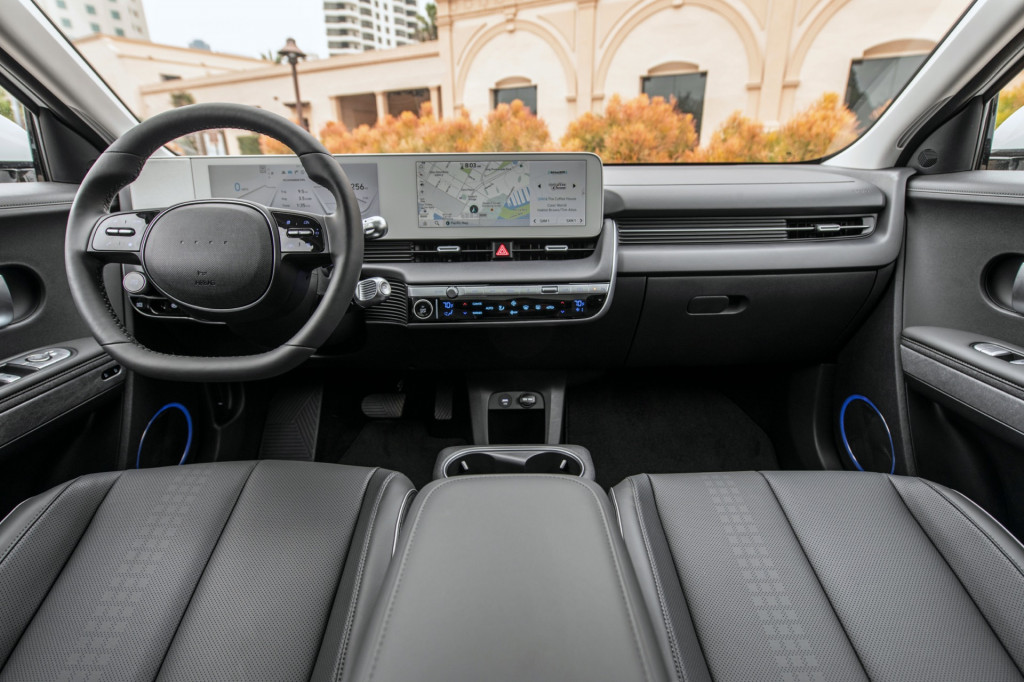
2022 Hyundai Ioniq 5
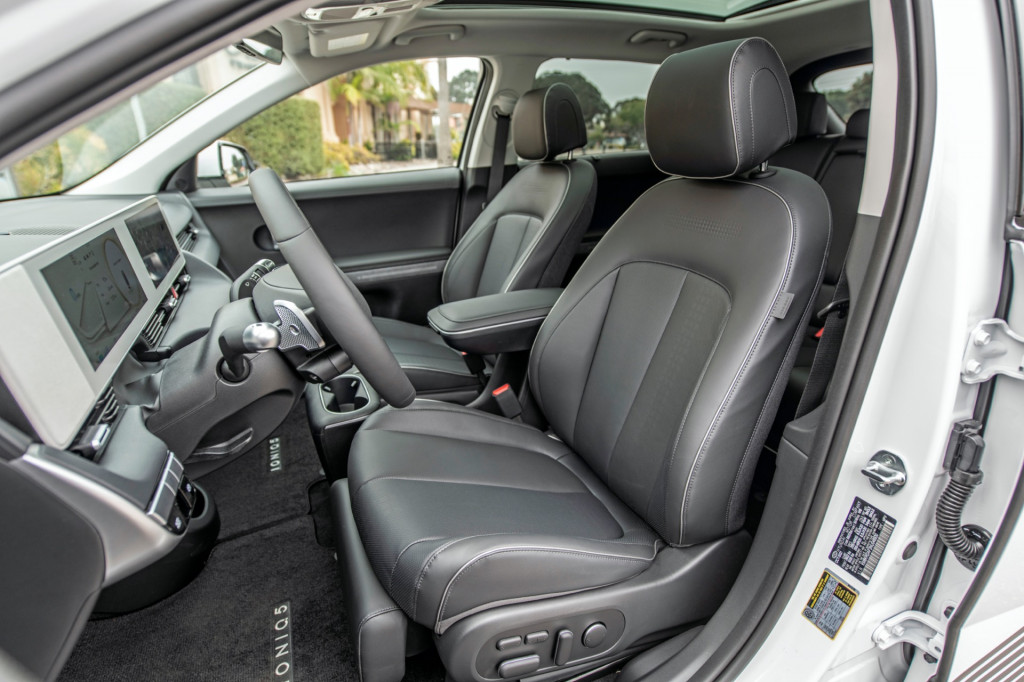
2022 Hyundai Ioniq 5
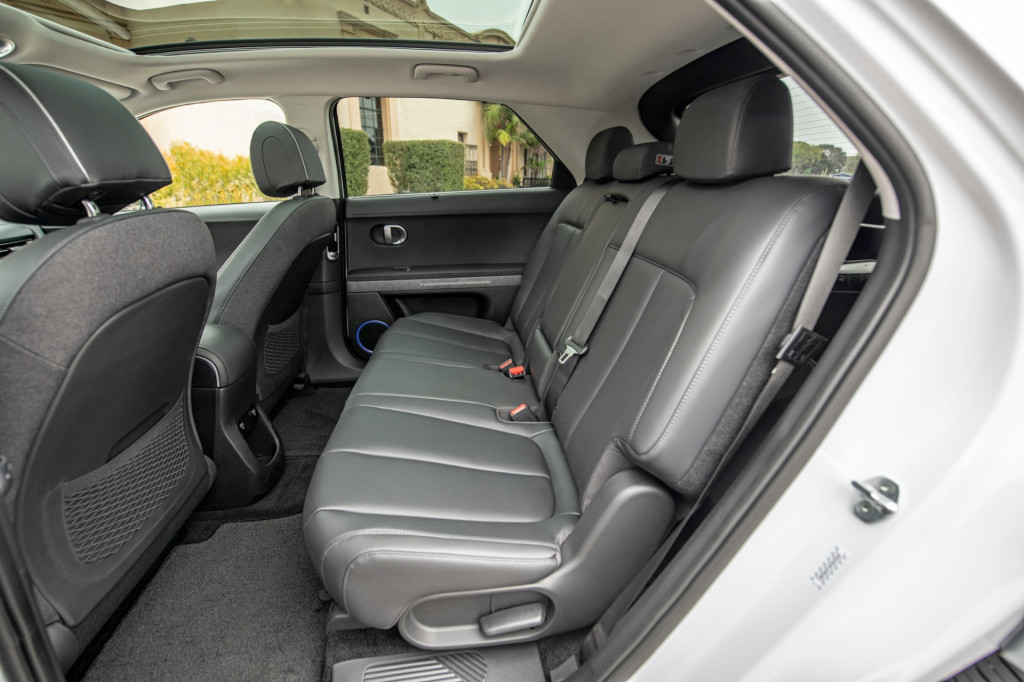
2022 Hyundai Ioniq 5
With a starting price of $40,925 with a standard 58-kwh battery pack, up to a fully loaded $55,725 in dual-motor Limited form, the entire Ioniq 5 lineup undercuts the Tesla Model Y and sure looks more interesting. Cabin materials are stylish and sustainably oriented; the feature set is impressive for the money; ride quality verges on plush; and this is perhaps the quietest interior among affordable crossover EVs.
We like to think both big-picture and pragmatically with our Best Car To Buy, and here the Ioniq 5 fits into an unusual space.
The Ioniq 5 isn’t perfect, but it’s very close to an ideal we think a lot of shoppers are seeking in a compact crossover format. The only glaring tech omission—the lack of wireless Apple CarPlay and Android Auto—could be remedied, ironically, with a future over-the-air update. So, potentially, could the lack of Plug and Charge technology, which takes out the payment step from the charging experience and makes it feel exponentially better.
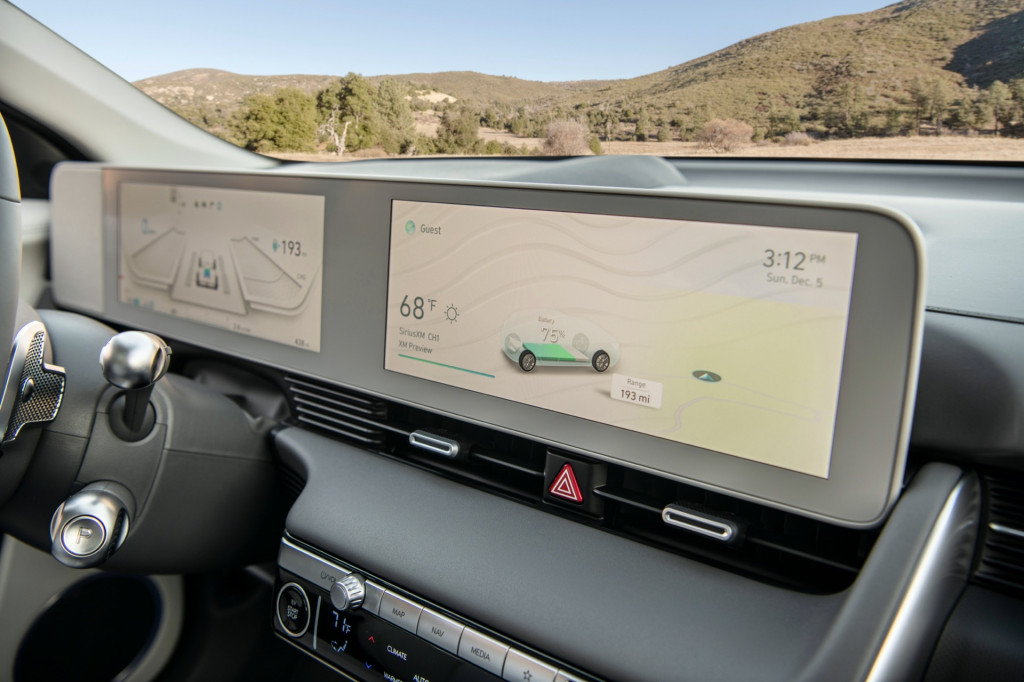
2022 Hyundai Ioniq 5
That said, there are several important tech firsts for Ioniq 5. In addition to being the first affordable EV from a full-line automaker built with 800-volt tech, it’s also the first to offer bi-directional charging—if you don’t count the Nissan Leaf and its never-utilized capabilities here in North America. With a Vehicle to Load (V2L) feature, the Ioniq 5 can power a campsite or a range of tools or appliances, or it can charge another EV.
While the Ioniq 5 sets a new, much higher standard for the rest of the industry for what an affordable, efficient EV can be, there’s one letdown we can’t gloss over: availability. Hyundai only plans to initially offer it at Ioniq-approved dealerships in California ZEV states plus several others—amounting to 18 states. A rollout in more states will come later next year, but Hyundai won’t say when the Ioniq 5 will be a 50-state vehicle, let alone a true mass-market entry like the Volkswagen ID.4. For what was supposed to be Hyundai’s breakthrough model and the first to be sold far beyond compliance numbers, we find that disappointing—especially considering how great the Ioniq 5 is.
Will that misgiving be enough to push the Ioniq 5 to the top of the list? Check back on January 3 for our winner.
